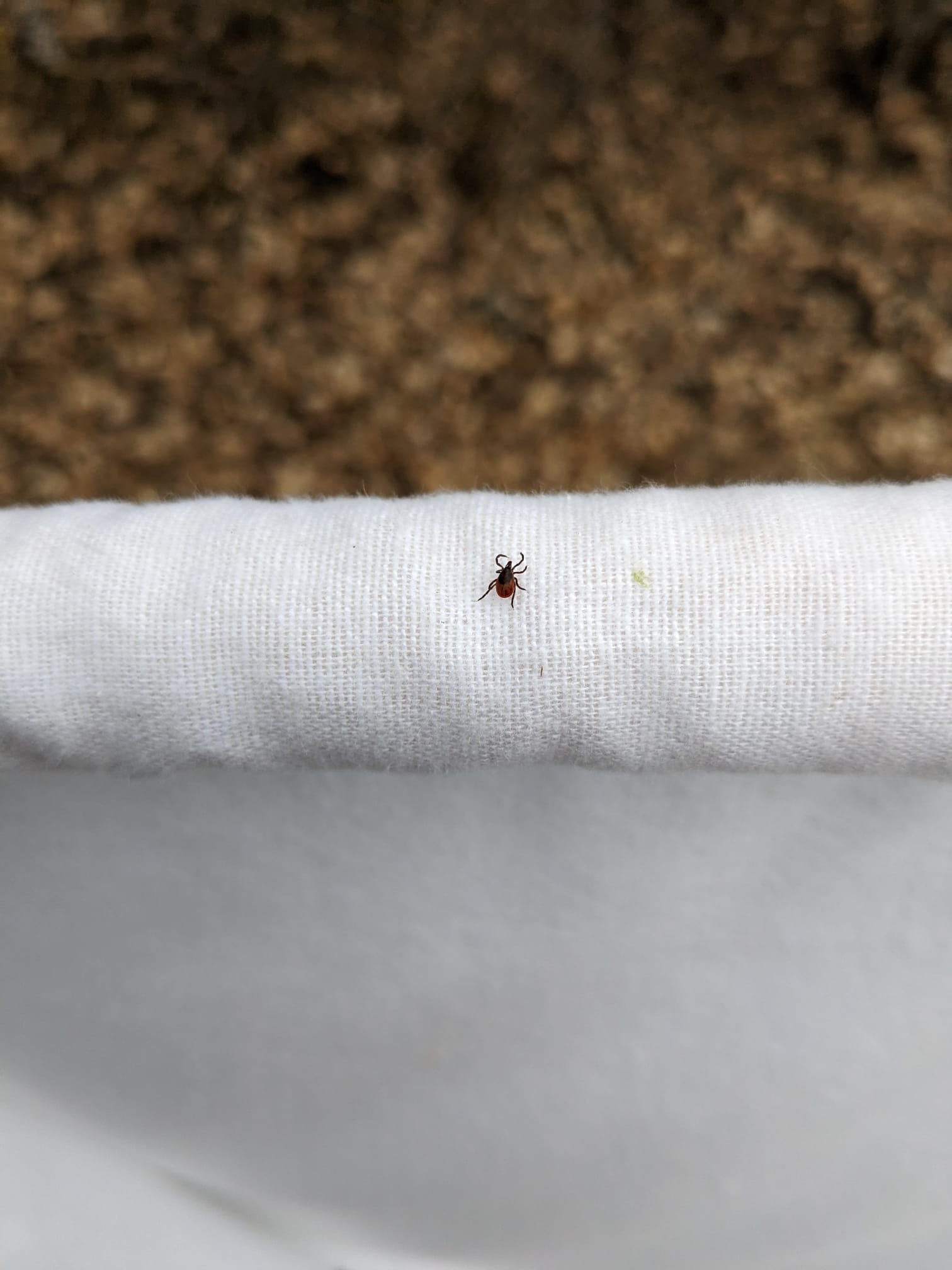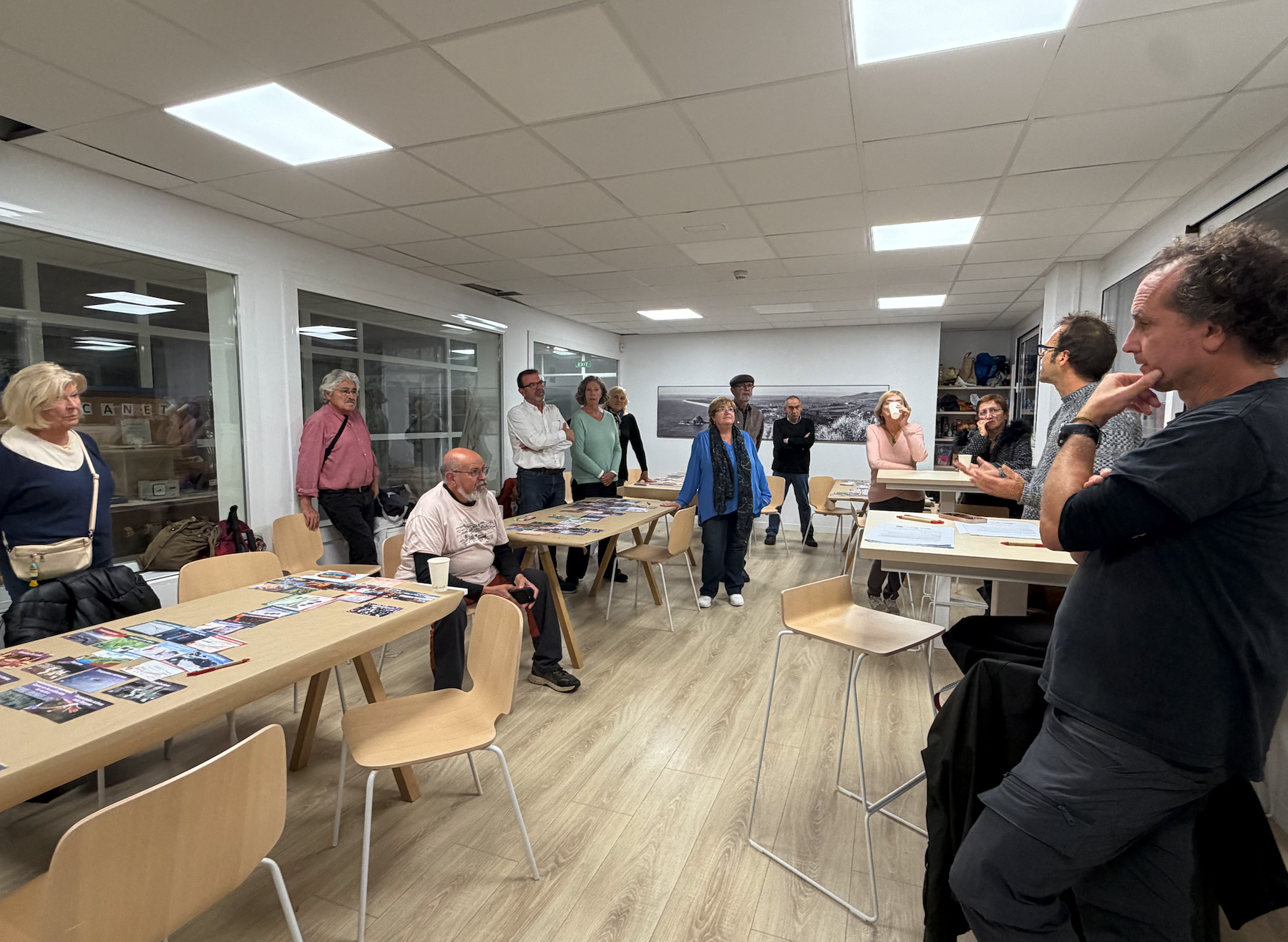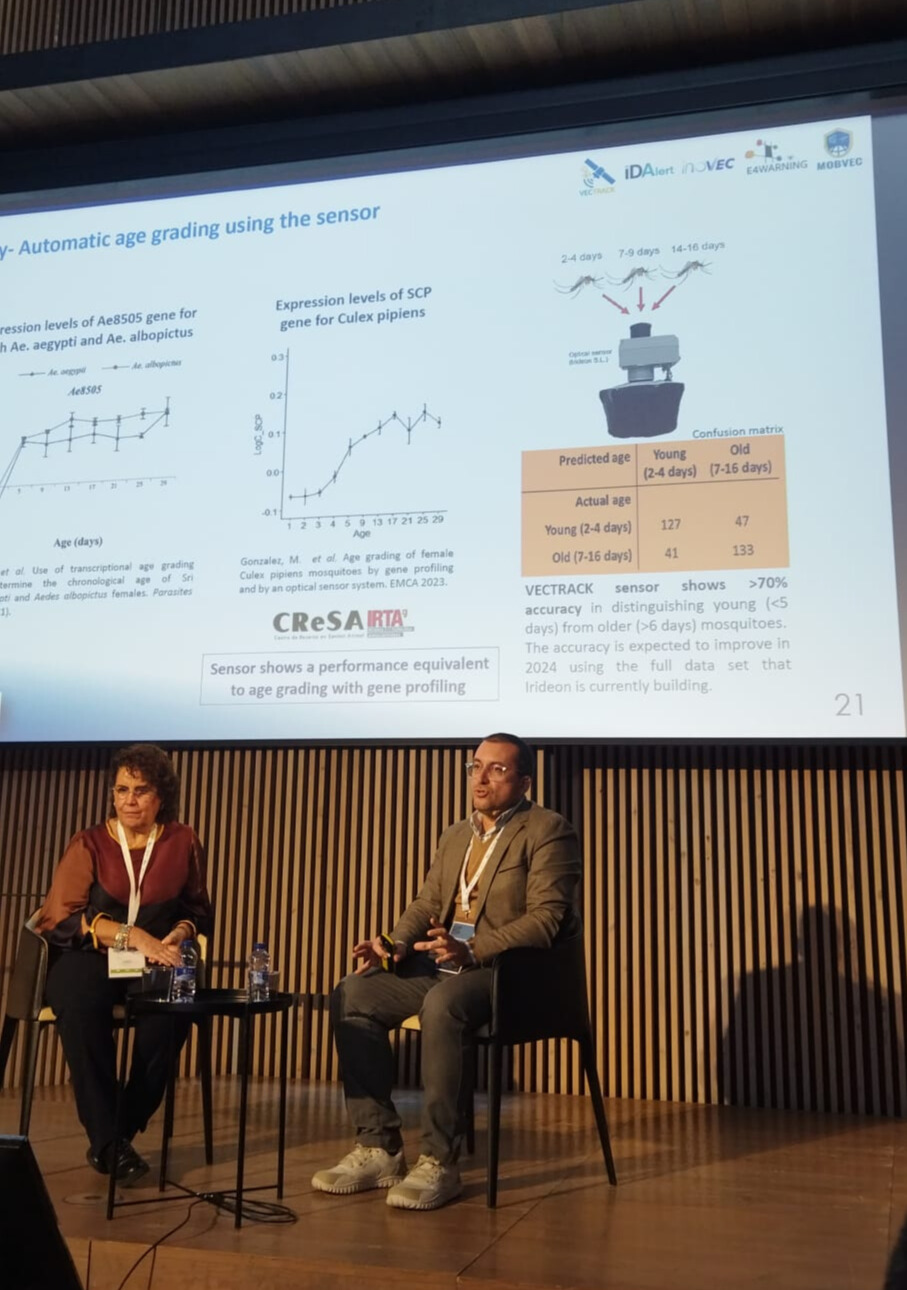Citizens help detect ticks as researchers head north in search of disease-carrying species.
Read latest SVA Press Release (translated from Swedish)
As part of the citizen science initiative, sharing results quickly is key to keeping the public engaged and active in tick monitoring. To support this, an interactive map has been created to display tick sightings reported since May 2023 in real time. Additionally, the new “Rapportera Fästing” mobile app is officially being launched today to enhance user experience and make reporting even easier.
Interactive Map: Accessible, Up-to-Date Information
The map, available since May 2023 and updated daily, shows the number of tick reports by region, month, and year. It includes both native and exotic species. Users can explore different timeframes and see how many reports have been submitted in their county—or whether unusual species have been detected nearby.
To date, around 28,400 reports have been submitted. Västra Götaland led in 2023 and 2024, followed by Stockholm and Skåne. So far in 2025, Stockholm is in the lead, with more than 3,700 sightings already recorded. The goal is to reach 10,000 reports before the end of the tick season.
New App: Easier and Faster Reporting
The Rapportera Fästing app offers the same features as the web-based tool, allowing users to choose the platform that suits them best. All submitted tick images are used in AI-based image analysis, helping researchers quickly identify exotic species—especially those that may carry emerging pathogens capable of causing serious illness in animals and humans.
Thanks to these citizen reports, researchers can study both the geographical distribution of tick species and the pathogens they may carry. Keep reporting throughout the summer! The tool is already being used for several purposes, including collaborations with Uppsala University to analyze all collected ticks—hopefully more than 10,000—for the TBE virus. In the future, these samples could also be tested for other pathogens, depending on further collaboration and funding opportunities.
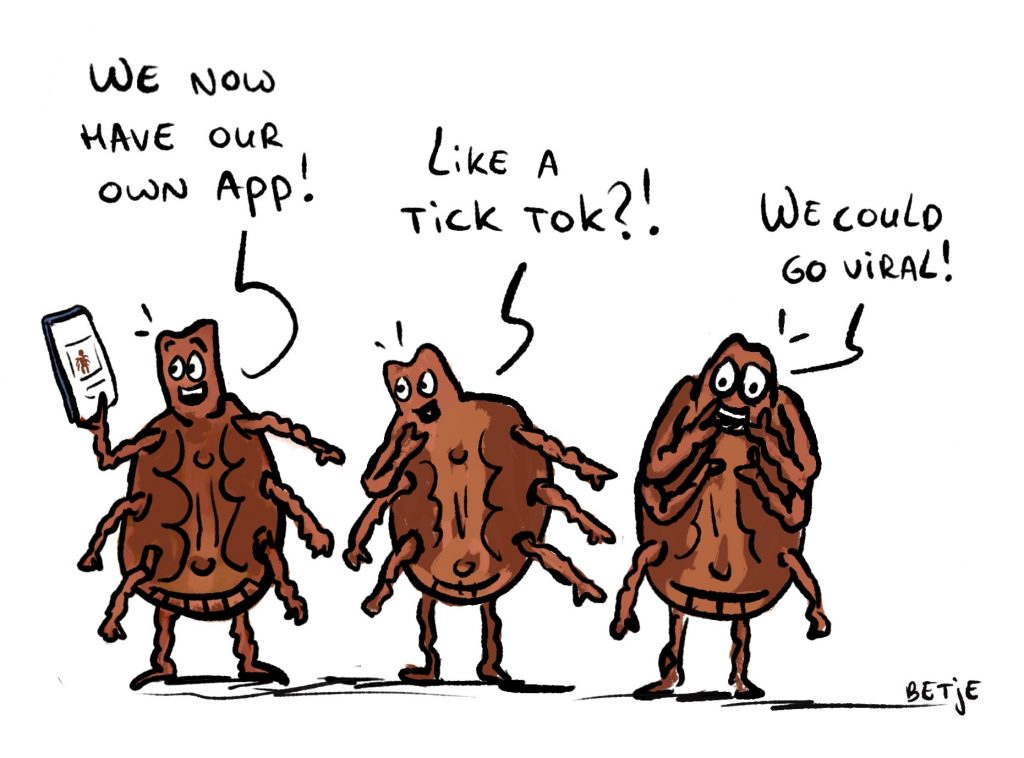
Northern Expedition: In Search of the Taiga Tick
At the end of May, a research team conducted a field expedition in Luleå, Kalix, and Haparanda (in the Norrbotten region) to collect ticks directly from natural environments. The main objective was to monitor the presence of the taiga tick (Ixodes persulcatus), a species very similar in appearance to the common tick (Ixodes ricinus), but capable of transmitting new and potentially more dangerous strains of the TBE virus.
This fieldwork was part of the OH4Surveillance project, although ticks collected by citizens in 2024 through the Rapportera Fästing app have also been used to support detection efforts. In some locations, the team found many ticks; in others, only a few—or none at all. Full results from species identification and virus analysis will be available this autumn.
The team extends special thanks to everyone who submitted tick sightings or helped with boat transport to remote islands.
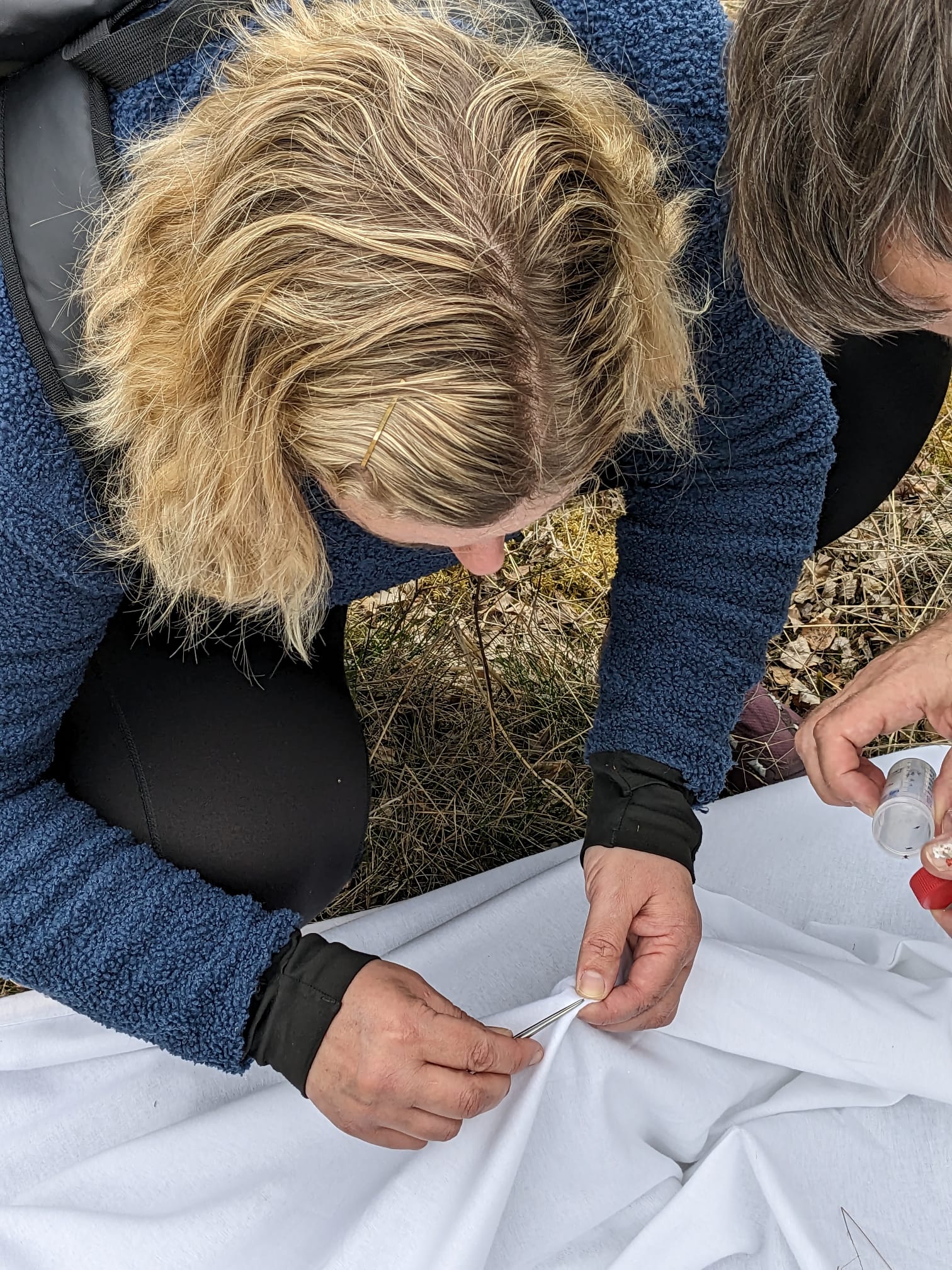
For more information about ticks, you can follow the “FästBloggen” blog (in Swedish): https://www.sva.se/fastbloggen/
Direct link to the interactive map: https://www.sva.se/aktuellt/insamlingar/rapportera-faesting/karta-och-tabell-oever-faestingfynd/
Original press release (in Swedish): https://www.sva.se/aktuellt/nyhetsarkiv/pressmeddelanden/vinter-men-fortsaett-rapportera-faestingar/

